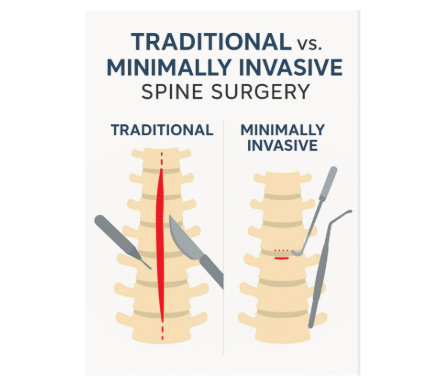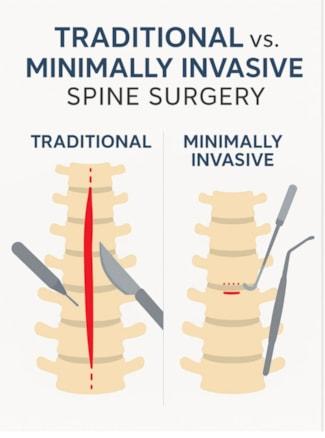Nov. 9, 2012, Charlotte Talks interview with Dr. William D. Hunter of Neuroscience & Spine Center of the Carolinas and patient, Naismith Memorial Basketball Hall of Famer Bill Walton.
TRANSCRIPT:
As a former professional athlete, I can tell you that back pain is something that's no joke, and I would never laugh at anybody else for back pain.
It comes with the job, I think. It affects millions of people. We welcome back Bill Walton along with Dr. William Hunter from Neuroscience & Spine Center of the Carolinas. Dr. Hunter, thank you for joining in the conversation. Bill, before we get to know you, I know that you did suffer with back pain for 30 plus years.
I've got bad feet, bad foundation, knee injuries - it worked its way up the line - plus I broke my spine when I was playing for UCLA in 1974. So it all comes together five years, 10 months ago, my spine collapses. I spent three years on the ground. I had no idea what to do with my life. It's just incredibly excruciating, debilitating, and unrelenting pain, but then I found a doctor and a great medical device company Nuvasive that saved my life. That's absolutely incredible, and how do you ever begin to thank the people that saved your life, and that's why I'm here. I go around - I spend all my time today working with people telling him to step back from the bridge, tell him to put that gun down - because what happens is that it's so bad - it's so awful, and I was there; it was that serious. It was awful, and it just takes away from you; you can't move. I'm lying there on the ground for 3 years, and it was absolutely terrible, but I waited too long, I didn't know anybody, and so we have a Better Way Back organization (thebetterwayback.org). Our phone number is 800-745-7099, and we are patient advocates and support systems to help people believe that there is life after back surgery, and the Revolutionary techniques that Dr. Hunter is using - that Nuvasive and the doctors have helped to develop, and the new equipment, technology, and techniques is totally revamped. I'm the luckiest guy in the world. I have no pain, and I take no medication. I had no idea what life was like without back pain. It is a miracle what’s happened to me.
We know that back pain is very prevalent - talk about these cutting-edge technologies that Bill is speaking of that have changed his life.
Colleen, Gene - I think in the grand scheme of things we know that back pain is the number one reason why people go to the doctor's, right? There's a problem that we need to help patients with, and a way to do that could be undergoing some minimally invasive spine surgery, and there are new techniques like Bill was talking about. There's new fancy techniques that we can do nowadays that we wouldn't dream of doing before. We are in the operating room doing these fancy techniques, able to reconstruct the spine safely so there's less pain, less time in the operating room, less hospitalization stay. All these things are going to benefit patients so they can get back to work, get back to their families, and get back to their job.
The revolution that has taken over every part of our world's technology, science - everything - has come to back surgery. Nuvasive, Dr. Hunter, they're driving this to ever-new heights. It’s absolutely incredible: the less blood loss, the less chance of infection with the minimally-invasive procedure. There used to be big long giant cuts; nobody ever had a positive thing to say about it. Now it’s little tiny incisions, and you're in and out of that hospital, and it's the greatest.
Do you think that’s why people wait so long? You said you waited too long; you've talked about that before - is it because they fear what it could - what I think it is. I was terrified; I've had 36 orthopedic operations, but those were on joints and bones - this was my spine. I never talked to a single person before my surgery. I didn't know about invasive. I didn't know about the Better Way Back organization. I didn't know that about minimally invasive surgery. I was told by my friend Jim Gray, the legendary broadcaster. I was on the floor and able to think, unable to eat, unable to move. It was absolutely terrible, and without having ever talked to anybody about the positive aspects of what can be done here, and people like the Doctor Hunter and Nuvasive - they've saved my life, and so now I just go around ringing the chimes of freedom all the time.
One last question: who's the luckiest guy?
I’m the luckiest guy. I’m the luckiest guy in the world.
You can find Doctor Hunter at the Neuroscience and Spine Center of the Carolinas. It's just a short drive from Charlotte. The number 704-864-5550. It's good to see you as always and just such a pleasure to meet you.
I can't wipe the smile off my face. I had no idea what life was like without back pain.
Oh my gosh, Dr. Hunter, thank you thank you.




 What is Minimally Invasive Spine Surgery
What is Minimally Invasive Spine Surgery